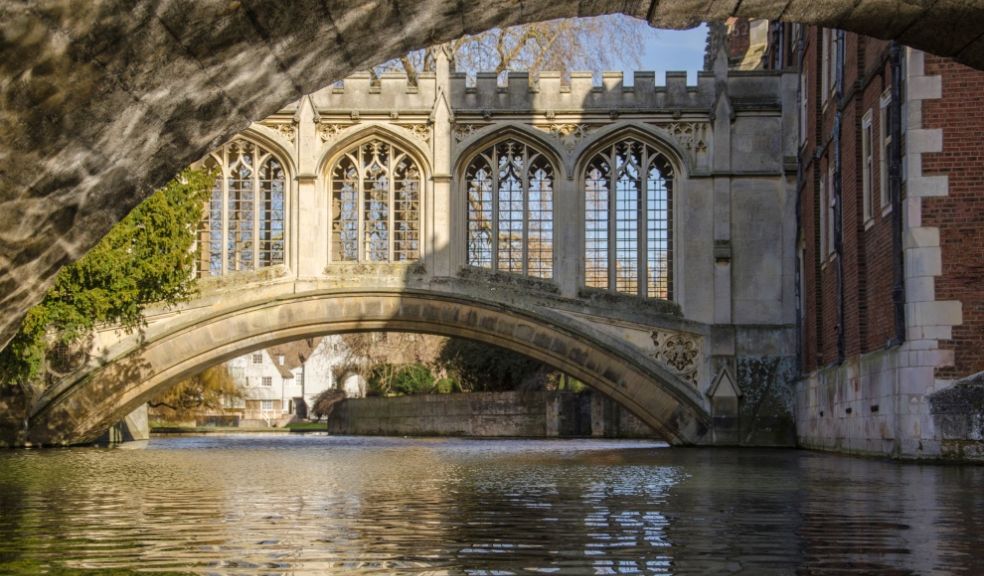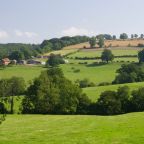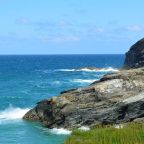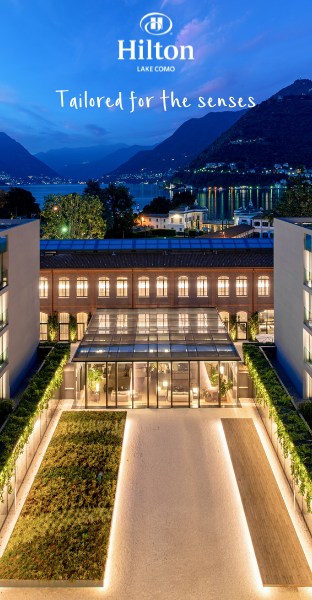
Hidden Views of Cambridge Only Seen From the Water
Cambridge's historic colleges present their most captivating faces to the water. While tourists crowd the streets and courtyards, a parallel world exists just metres away on the River Cam, offering perspectives of these ancient institutions that remain unseen to land-bound visitors. The gentle ripple of water against wooden punts provides a soundtrack to views that have remained largely unchanged for centuries.
From the water, one discovers architectural details impossible to appreciate from footpaths, ornate stonework reflected in the river's surface, secluded college gardens, and the underside of bridges with their own stories to tell. These vantage points reveal Cambridge's true character, where mathematical genius met poetic inspiration, and where scholars have contemplated life's mysteries for over 800 years.
The river journey past the College Backs offers a rare glimpse into Cambridge's spirit, away from the bustle of tour groups and daily academic life. Here, time slows as punts glide beneath the Mathematical Bridge and alongside the manicured lawns of Trinity, providing fleeting glimpses into a world typically reserved for those within the university's hallowed walls.
The College Backs: Cambridge's Secret Riverside Gardens
Private Spaces Revealed
The College Backs are Cambridge's most private green spaces, visible primarily from the water. These gardens stretch along the riverbanks behind colleges like King's, Trinity, and St John's. The secluded areas showcase botanical variety and centuries of tradition through carefully preserved landscapes.
Careful gardening over centuries has shaped these landscapes that transform with seasonal changes. Lawns remain immaculate thanks to dedicated groundskeepers and college tradition. Distinctive flowers and heritage plants line the banks, while established trees provide shade for students and passing punters.
Notable Garden Features
The gardens of Clare College feature formal designs and are often described as among the most beautiful in Cambridge. Notable features include a Japanese banana tree and carefully maintained lawns that reflect centuries of horticultural tradition.
Midway along the journey, those touring with Let's Go Punting pass through stretches where riverbank views open up. These vantage points include the shaded lawns behind King's and geometric flower beds framed by imposing tree canopies.
Wildlife and Natural Elements
Wildlife thrives along these secluded banks. Kingfishers dart across the water, while grey herons stand sentinel at the river's edge. Ducks and swans glide alongside punts, often approaching visitors.
These natural elements, combined with centuries of careful landscaping, create a calm environment. The riverside ecosystem has remained largely unchanged despite the evolving city beyond the college walls.
Bridges and Their Hidden Stories
The Mathematical Bridge
Cambridge's bridges display their most interesting features only to those passing beneath them. The Mathematical Bridge connecting parts of Queens' College appears straight from the riverbank. From a punt, visitors can appreciate its clever design with timber arranged in tangents forming an arch.
Popular myths claim this bridge was built without nails by Isaac Newton, though he died decades before its construction. The real story, visible only from below, shows how wooden pegs and precise engineering created this remarkable structure.
The Bridge of Sighs
The Bridge of Sighs at St John's College presents an entirely different character from water level. Named after its Venetian counterpart, its enclosed design features detailed stone carvings and small windows framing views of the college.
Punters gliding beneath can spot details like the college crest and decorative stonework not visible to pedestrians crossing above. These hidden elements tell stories of the college's history and architectural importance.
Historical Marks and Changing Light
Marks of Cambridge history are visible on bridge stones that show grooves from thousands of punt poles. Clare Bridge displays smoothness near water level resulting from constant contact with punts over generations.
The bridges change throughout the day as light shifts. Morning sun creates shadows beneath the Kitchen Bridge at St John's, while evening light turns Clare Bridge's stonework golden, highlighting its famous missing wedge.
Secret Corners and Hidden Perspectives
Lesser-Known River Stretches
Beyond the famous College Backs lie lesser-known stretches of river offering unique viewpoints. The narrow passage behind Darwin College reveals a site near the historic mill at Silver Street, once an important commercial thoroughfare for Cambridge.
The approach to Magdalene College shows its distinctive riverside entrance, once the main access point for goods and visitors. These quieter sections provide a look at Cambridge's commercial history.
Unique Architectural Viewpoints
From water level, King's College Chapel appears very different. Its massive buttresses extend toward the river, creating a sense of scale hard to grasp from land. The chapel's famous stained glass windows catch light differently when viewed across water.
Hidden water gates and doorways dot the riverbanks, many now sealed but once serving as primary entrances. Trinity College's river gate features weathered stone steps leading directly to the water, evidence of the Cam's historical importance.
Seasonal Transformations
Where the river narrows near Silver Street Bridge, punters enter a corridor between ancient walls. Here, the water flows faster, bringing a sense of being transported through time as modern Cambridge disappears.
Winter displays different hidden aspects, with bare trees exposing architectural details normally concealed by foliage. After rainfall, increased water levels offer higher vantage points, bringing punters closer to ornate carvings and weathered stone foundations.
Photography Tips for Capturing Cambridge's Water Views
Best Lighting and Timing
Capturing the magic of a Cambridge punting tour depends on light, timing, and placement. Early morning and late afternoon produce the best conditions, as sunlight bathes iconic facades and bridges in warmth while reducing glare on the water.
These times often mean fewer punts on the river, creating opportunities for clear compositions and mirror-like reflections. The College Backs appear most photogenic when soft light highlights architectural details without harsh shadows.
Technical Considerations
Using a polarising filter can bring out architectural colours and remove unwanted shine from the river's surface. Rotating the filter as views change helps balance light and deepen blue skies.
For smartphone users, shifting the camera angle instead of pointing directly at water can naturally cut glare. Adjusting exposure ensures photographs maintain detail in both sky and stonework. This can be managed via exposure settings or focusing on a darker area before taking the shot.
Composition and Seasonal Opportunities
Holding elbows steady against knees or the boat's side reduces blur during gentle movements. Waiting to capture photos when the punt slows gives a better chance of sharp images.
Each season offers different subjects. Spring and summer frame college buildings with trees or water lilies, autumn offers rich colours, and winter's quieter banks create a tranquil mood in photographs. Professional guides can suggest the best photo opportunities along the route.
















